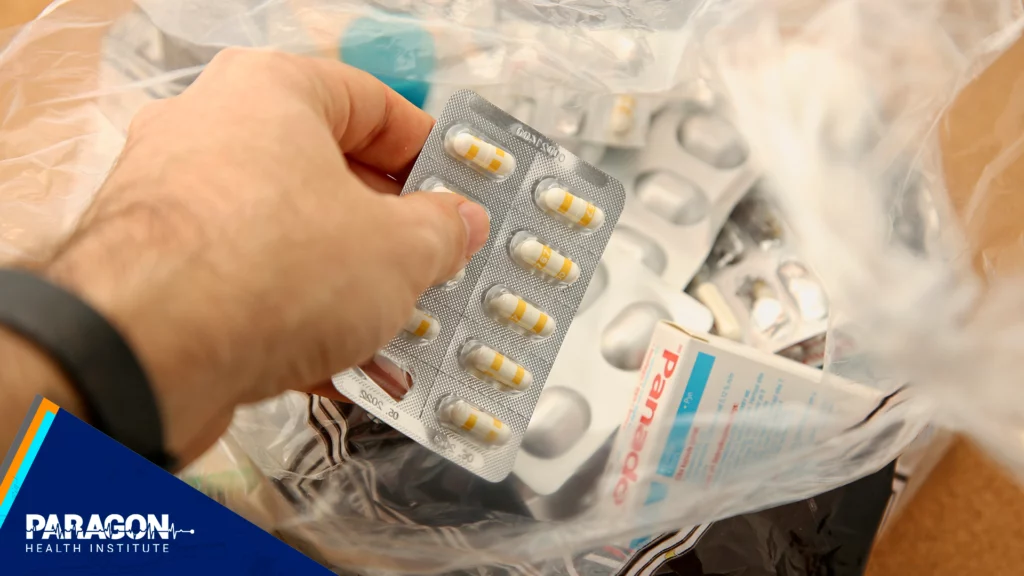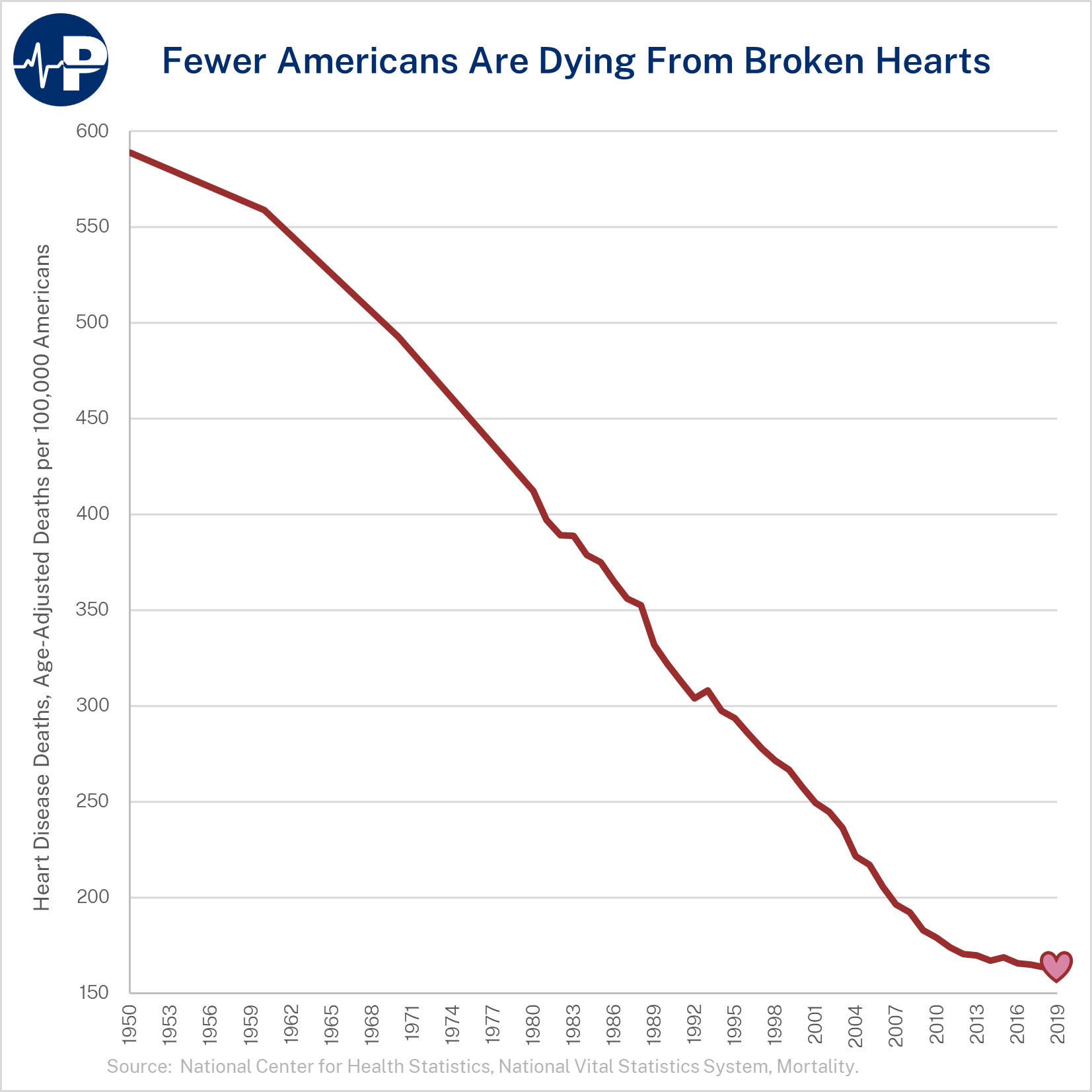February 6, 2024
Via Electronic Submission
Laurie E. Locascio
Director
National Institute of Standards and Technology
100 Bureau Drive
Gaithersburg, MD 20899
Comments to the National Institute of Standards and Technology
Re: RFI Regarding the Draft Interagency Guidance Framework for Considering the Exercise of March-in Rights NIST–2023–0008 (Doc #230831-0207)
Dear Director Locascio:
We are writing to strongly recommend that you withdraw the recently published Draft Interagency Guidance Framework for Considering the Exercise of March-In Rights.
The proposed march-in rights would violate the physician’s oath to First, Do No Harm. The framework would:
- drastically undermine one of the most successful U.S. laws that has furthered American technological leadership in developing new and better medicines
- deny patients the benefits of new medicines that will never be brought to market
- impede innovation by discouraging investment in treatments and cures that can take a decade or more to come to market
- fail to achieve the more valuable goal of reducing the cost of illnesses (both treated and not-yet treated)
The signatories to this letter include health policy experts with extensive service in the executive and legislative branches, scholars with advanced degrees in economics and law, and other researchers at major public policy organizations.
The proposal would allow federal agencies to march in if they deem a product’s price to be “unreasonable,” with the apparent goal of lowering drug costs. It would not accomplish this goal while destabilizing and impairing the most important objective of improving the value of health care and its lasting impact on well being.
Companies would be deterred from licensing technologies developed through governmentfunded research at leading universities and federal laboratories. It would discourage investment in innovation to create new medicines and would impede the vibrant competition among drug companies, especially start-ups, that currently license patents developed with federally funded research.
The proposed framework violates both the letter and spirit of the Bayh-Dole Act and would cause untold harm to American companies, workers, and consumers if implemented. It would stifle investment and thereby impede technological progress.
The framework would be especially harmful to start-up companies—the engine of job creation and innovation in our economy which license more than 70% of academic patents.1 These companies have contributed $1.9 trillion to U.S. gross industrial output and led to the formation of 17,000 startups between 1996 and 2020.
As Sen. Birch Bayh himself explained in a 2004 statement before the National Institutes of Health: “The vast majority of technologies developed under the law are commercialized by small companies that ‘bet the farm’ on one or two patents.”2
More than 200 drugs and vaccines have been developed through public-private partnerships since the Bayh-Dole Act was enacted in 1980. Before then, the federal government failed miserably at commercializing the intellectual property it owned due to publicly funded research. As of 1978, the federal government had licensed less than 5 percent of the approximately 30,000 patents it owned.3
The genius of Bayh-Dole was to give investors assurance that, if they invest in startups that rely on exclusive patent licenses, these companies would be able to control the intellectual property rights for their discoveries and products. This led to a dramatic increase in private sector and university research and immeasurable value to patients with the development of new life-saving drugs and other treatments.
These innovators must maintain their IP rights if they are to provide the returns expected by their current and future investors. It’s inarguable that IP rights provide funders the incentive to invest capital – and therefore give companies the ability to bring new products to the market that would otherwise have gathered dust on laboratory shelves.
The march-in framework would inject huge uncertainty into this dynamic. If drug developers could lose their exclusive license to the product that they have developed, investors would likely balk and place their funds elsewhere.
Further, the framework creates a pathway for other governments and companies around the world to exploit the process and demand access to American patents. This is dangerous not only to America’s dominance in the biopharmaceutical space but to licensing of any new technologies under these misguided guidelines.
In short, the proposal would be an assault on intellectual property rights, a right deemed so vital to economic development that it is enshrined in the U.S. Constitution. Opening the door to violation of these rights would weaken our economy by destabilizing the complex, integrated network of incentives and institutions that foster innovation, discouraging startup businesses, and giving adversarial countries new openings to exploit U.S. technological leadership.
The Bayh-Dole Coalition, which was formed to protect this invaluable law, says the law violates both the spirit and language of the act. The law explicitly avoids using pricing as a criterion for licensing, believing that, as experience has shown, the best way to get the best health outcomes at the lowest sustainable costs is through innovation and vibrant competition.
In response to earlier threats, Sens. Bayh and Robert Dole wrote in The Washington Post: “Bayh-Dole did not intend that government set prices on resulting products. The law makes no reference to a reasonable price that should be dictated by the government. This omission was intentional; the primary purpose of the act was to entice the private sector to seek public-private research collaboration rather than focusing on its own proprietary research.”4
They write: “Government alone has never developed the new advances in medicines and technology that become commercial products. For that, our country relies on the private sector. The purpose of our act was to spur the interaction between public and private research so that patients would receive the benefits of innovative science sooner.”
Over the last 40-plus years, there have been numerous efforts urging the government to consider march-in petitions on the basis of price, and every administration – both Democratic and Republican – has rejected these efforts, including the Biden administration this spring and as recently as February 5, 2024.56
There has been no change to the law that would give this new framework any legal justification.
It’s imperative that the administration withdraw this guidance to avoid repeating past failures.
The “reasonable pricing” policy already has been tried and failed with the National Institutes of Health’s (NIH) Cooperative Research and Development Agreement (CRADA) in the 1990s.
From Fiscal Year (FY) 1990 to 1995, NIH attempted to address concerns about high drug prices by adding a “reasonable pricing clause” to its CRADAs. Under the clause, a company taking an exclusive license to bring an NIH invention to market could be compelled by the NIH to submit documentation showing a “reasonable relationship between the pricing of the product, the public investment in that product, and the health and safety needs of the public.” “Reasonable relationship” was never defined.
In the early 1990s, NIH leadership began to receive reports from companies and researchers about the negative impact of the reasonable pricing clause. NIH held two public meetings in 1994 with companies, patient advocates, and researchers, which came to a consensus that companies were avoiding collaborations with the NIH because of the pricing clause. As a result, the NIH Director announced in 1995 the removal of the clause from CRADAs and exclusive licenses. 7
It would be a major error to once again consider the price of a product in authorizing march-in rights. This would repeat the failures of the past, provide little if any benefit to patients financially, and would harm pharmaceutical research and development. Patented and potentially valuable academic discoveries once again would die on the research table. We must remember that a drug with the lowest price, of zero, is the one that never gets to market at all.
The ability of government agencies to forecast future markets is far weaker than its capacity to foster the development of basic research. By largely stepping aside after assuring necessary safety and efficacy standards, public agencies can yield to the comparative advantages of other parties in developing and commercializing products and avoid political temptations to put their own proprietary thumbs on the scales to pick winners and losers.
Our current ecosystem for research, development, and commercialization of biopharmaceutical products is multilayered and interdependent. Humility and prudence should temper any efforts to reshape it for narrow speculative, short-term gains that carry long-term risks of much greater consequence.
The NIST should withdraw this misguided and dangerous framework in the interest of protecting the climate for continued research into new and better treatments that will benefit not only Americans but patients around the world.
Respectfully submitted,
Joseph R. Antos, Ph.D.
Wilson H. Taylor Scholar in Health Care and Retirement Policy
American Enterprise Institute
Brian Blase, Ph.D.
President
Paragon Health Institute
Edmund F. Haislmaier
Preston A. Wells, Jr. Senior Research Fellow
Center for Health and Welfare Policy
The Heritage Foundation
Jackson W. Hammond
Health Care Policy Analyst
American Action Forum
Laura Hobbs
Director of Health Care Policy
American Action Forum
Thomas P. Miller, Esq.
Senior Fellow
American Enterprise Institute
Nina Owcharenko Schaefer
Director, Center for Health and Welfare Policy
The Heritage Foundation
William S. Smith, PhD
Senior Fellow and Director of the Life Sciences Initiative
Pioneer Institute
Grace-Marie Turner
Executive Director
Galen Institute
Gail R. Wilensky, Ph.D.
Senior Fellow, Project HOPE
Former CMS Administrator
Former Chair, Medicare Payment Advisory Commission
Comment Submission Verification number: lsa-w813-zpkl






